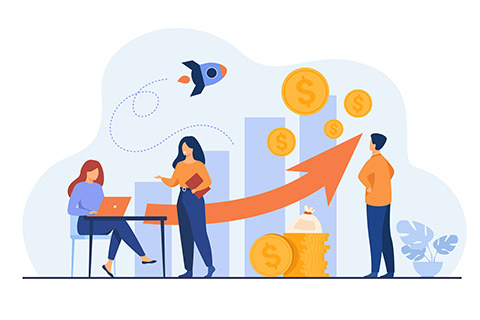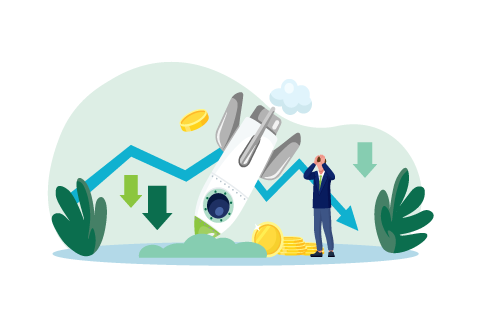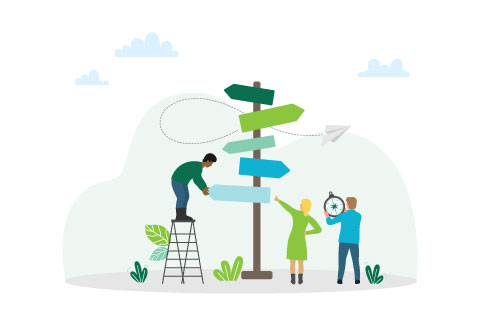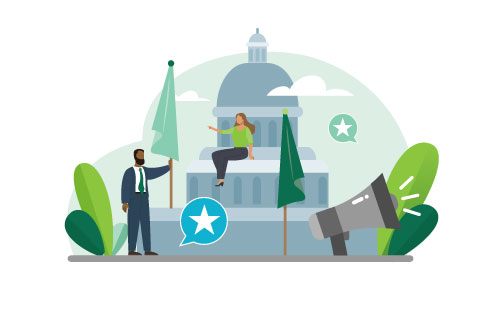With prices rising at their fastest rate for 40 years, it’s clear that it’s a tough time for businesses and customers across the board. The latest inflation figure is 9% and that figure is expected to rise even higher this year. Although inflation will affect every household, the reality is that we don’t live in an equal society where everyone has the same levels of income, savings or expenditure, so inevitably rising prices will hit some customers harder than others. What does that mean for society and for organisations in terms of how they deliver goods and services to customer groups with widely different income levels?
As well as the relative spending power of different customers diverging, organisations should also consider the post-pandemic world where we are seeing an even greater polarisation of customers’ expectations and behaviour.
There seems to be different paths being followed by customers, a large number of whom have got used to the next-day timeframe that many online retailers offer and are wanting this ‘instant gratification’ from more and more organisations.
On the other hand, many customers have become more eco-conscious and expect organisations to be more socially and environmentally responsible in their business practices. Linked to this, there has been a growing trend away from a disposable, throwaway culture to a desire to buy goods that last longer.
This huge discrepancy in income levels of customers as well as diverging behavioural patterns is making it more challenging for organisations to plan how to serve an even wider group of customers. However, savvy organisations will invert this and see this as an opportunity to dig deep and really define and communicate their core purpose and identify who they are trying to serve and how. Organisations can’t be everything to everyone, so they will need to be clear and realistic about what they can provide to whom and at what price.
A more radical idea that is surfacing is whether a more affluent set of customers pays more so that a less well-off group can access that essential service – e.g. energy. This will be interesting to follow over the next few weeks and months and see what different organisations and customers think about it and if they act on it.
It’s been a tough couple of years for organisations and consumers, but we’ve seen how quickly and well both have adapted. Although the next few months will be extremely hard as prices continue to rise on many essential goods, I have no doubt that our members will take a look at their customers’ changing behaviours and adapt and drive up greater innovation to meet their customer needs, through a service proposition that is genuine, honest and authentic. It might force us to make some tough decisions about prioritising certain types of customer needs, but ultimately it will lead to a better outcome for both the customer and the organisation. So three simple words that I would encourage us all to keep reflecting and acting upon – what’s your purpose, why are you relevant and who would miss you if you weren’t here – and finally what’s the impact of what you do?



